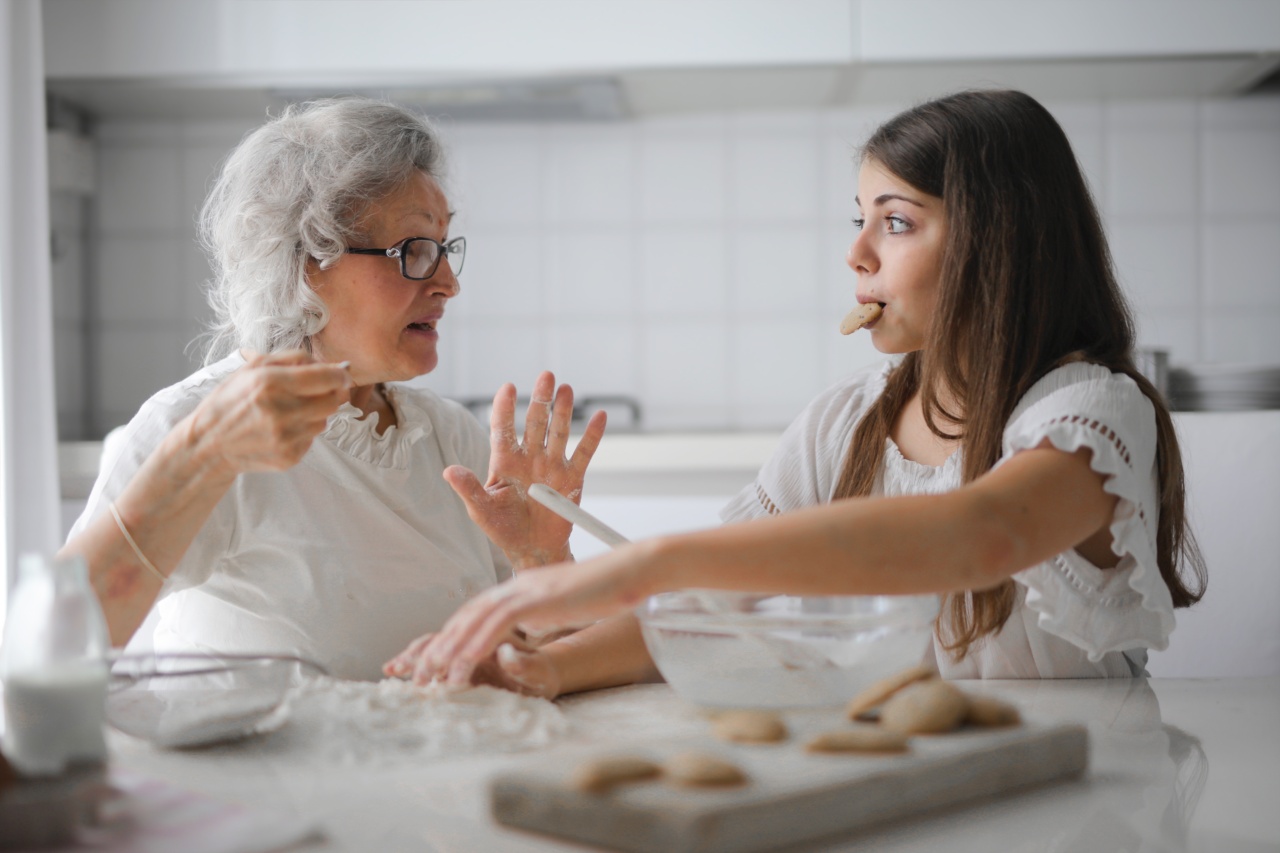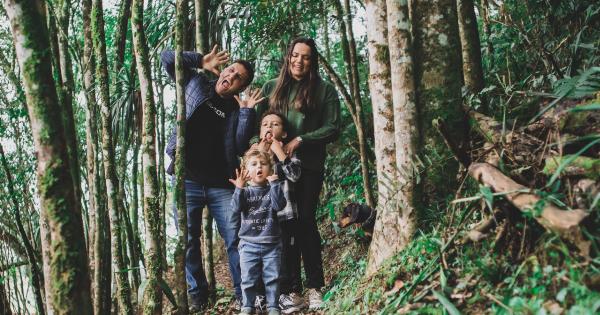Child sexual abuse is a devastating and widespread issue that affects millions of children worldwide. It is important for parents, caregivers, and communities to take a proactive approach to prevent such abuse and protect our children.
Alexandra Kappatou, an expert in child protection and safety, offers valuable advice on how to prevent child sexual abuse and create safe environments for children.
1. Open Communication
Establishing open lines of communication with your child is crucial in preventing child sexual abuse. Encourage your child to talk openly about their feelings, concerns, and experiences.
Make sure they know that they can trust you and that you will believe them if they disclose any form of abuse.
2. Teach Body Autonomy
Help your child understand that they have the right to say “no” to unwanted touches or interactions. Teach them about personal boundaries and that it is important to respect their bodies and the bodies of others.
Empower them to assert their boundaries and take appropriate action if someone violates them.
3. Recognize and Respond to Warning Signs
Be vigilant and watchful for any warning signs of potential abuse. These signs may include sudden changes in behavior, withdrawal, fearfulness, nightmares, or unexplained physical injuries.
If you notice any of these signs, take them seriously and take immediate action to protect your child.
4. Educate Yourself and Your Child
Educate yourself about child sexual abuse, its signs, and the grooming techniques used by perpetrators. Additionally, provide age-appropriate education to your child about their bodies, boundaries, and what constitutes inappropriate behavior.
Teach them about safe and unsafe touches and empower them to recognize and report any form of abuse.
5. Be Mindful of Online Safety
The digital world has opened up new avenues for potential abuse.
Teach your child internet safety, including the importance of not sharing personal information online, not engaging in conversations with strangers, and the potential dangers of online relationships. Monitor your child’s online activities and keep the lines of communication about online experiences open.
6. Encourage Trusted Relationships
Encourage your child to develop trusted relationships with adults they feel comfortable with, such as relatives, teachers, or mentors. These trusted adults can serve as additional protective factors and sources of support for your child.
Ensure that these relationships are healthy and that the adults involved have undergone proper background checks and training.
7. Establish Boundaries with Adults
Set clear boundaries with adults who interact with your child. Make sure they understand your expectations regarding appropriate behavior, physical contact, and supervision.
Regularly communicate with teachers, sports coaches, and other adults in your child’s life to ensure that they are also committed to creating a safe environment for children.
8. Create a Culture of Prevention
Advocate for prevention programs and policies in your community, school, or organization. Support initiatives that educate children, parents, and professionals about child sexual abuse prevention.
Encourage conversations about this sensitive topic and work to break the silence surrounding child sexual abuse.
9. Trust Your Instincts
As a parent or caregiver, always trust your instincts. If something feels off about a person or situation, take it seriously and investigate further. Err on the side of caution and prioritize your child’s safety above everything else.
10. Seek Professional Help
If you suspect or have evidence of child sexual abuse, contact the appropriate authorities immediately. Seek professional help from therapists or counselors specializing in child trauma and abuse.
They can provide the necessary support for your child and guide you through the reporting and healing process.





























